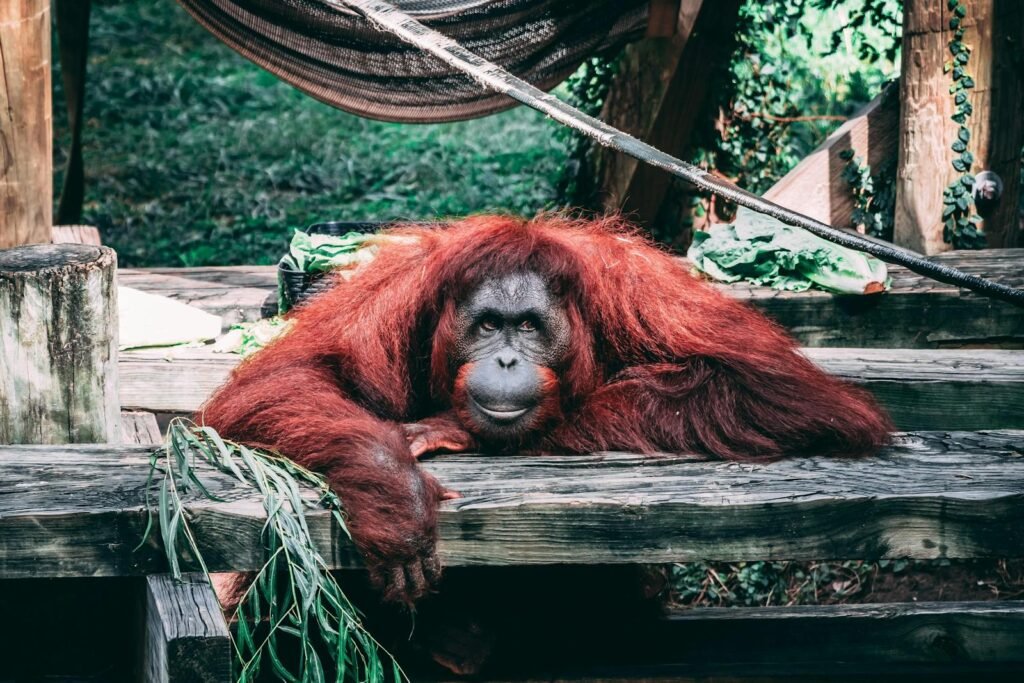In the misty rainforests of Sabah, Borneo, a quiet drama unfolds high above the forest floor. Orangutans, with their soulful eyes and flowing orange hair, swing gracefully among the branches, living lives that are both mysterious and heartbreakingly familiar. Imagine gazing up to see a mother teaching her child, not just where to find fruit, but how to use a leafy branch as an umbrella in the rain. These scenes aren’t just charming—they challenge everything we thought we knew about animal intelligence, culture, and our own responsibilities as humans. The story of Sabah’s orangutans is a deeply personal one, woven from threads of scientific discovery, ancient forests, and the ethical dilemmas of saving a species so closely linked to our own.
The Enchanting World of Sabah’s Rainforests
Sabah’s rainforests are among the oldest on the planet, pulsing with life that predates even the dinosaurs. Towering dipterocarp trees form a dense green canopy, creating a world that is both breathtaking and fragile. This ecosystem is home to thousands of unique species, but the orangutan stands out as its quiet guardian. The air is thick with the scent of damp earth and the distant calls of hornbills, but watch closely and you’ll see flashes of orange fur moving among the leaves. For the orangutans of Sabah, this forest is more than just shelter—it’s a stage for learning, play, and survival.
Tracing the Roots: The Evolutionary Story of Orangutans
Orangutans are one of our closest living relatives, sharing nearly 97% of our DNA. Their evolutionary journey stretches back millions of years, with ancestors once roaming across mainland Asia. Today, they are found only on the islands of Borneo and Sumatra, having adapted to the unique challenges of life in the canopy. Fossils and genetic studies reveal a complex history of migration, adaptation, and isolation that has shaped the orangutans we know today. Their long arms and powerful hands are perfectly designed for swinging through the forest—a legacy of countless generations spent in the trees.
A Glimpse Into Orangutan Culture
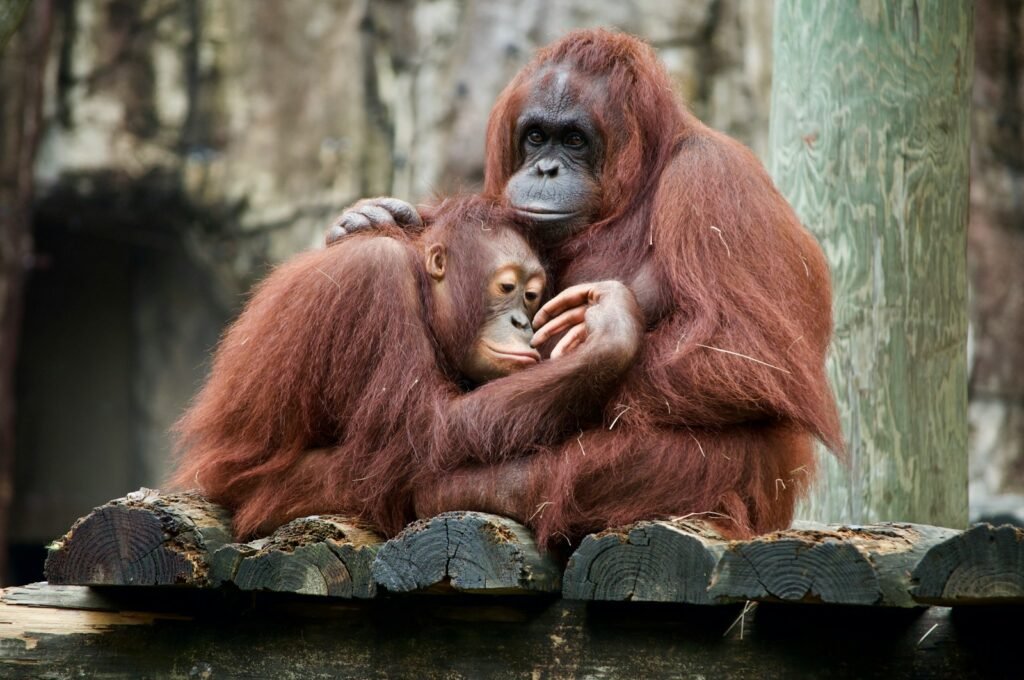
Culture isn’t just the domain of humans. In the wilds of Sabah, researchers have uncovered striking evidence of orangutan culture—behaviors and skills passed down through generations, varying from region to region. For example, some orangutan groups use leaves as gloves or napkins, while others craft elaborate nests that would put a human camper to shame. These differences aren’t just instinct—they’re learned, shared, and refined over time. Watching a young orangutan mimic its mother’s actions is like seeing the roots of human culture in motion.
Tool Use: Intelligence Among the Trees
One of the most mind-bending discoveries about orangutans is their use of tools. In Sabah, orangutans have been observed fashioning sticks to extract honey from hives or to pry open thorny fruits. This isn’t just cleverness; it’s problem-solving that rivals some of the smartest animals on earth. Scientists have even witnessed orangutans using bundles of leaves as makeshift umbrellas to shield themselves from the rain. These behaviors are not only ingenious but also hint at a level of foresight and planning that was once considered exclusively human.
Learning From the Matriarchs
Orangutan society is centered around the mother-child bond. For up to eight years, an orangutan mother will patiently guide her offspring, teaching everything from what fruits are safe to eat to how to build sturdy sleeping nests. This apprenticeship is crucial, as the skills needed to survive in the rainforest are vast and complex. The matriarch’s role isn’t limited to food gathering—she is the keeper of knowledge, passing down essential skills that shape the next generation. The patience and tenderness seen in these relationships are nothing short of inspiring.
Communication: More Than Just Sounds
Orangutans may not speak our language, but their forms of communication are rich and varied. From soft grunts and long calls that echo through the forest to elaborate gestures and facial expressions, they express a wide range of emotions. Researchers have documented orangutans sharing food, warning each other of danger, and even comforting distressed companions. These interactions reveal a social intelligence that blurs the line between human and animal, making it impossible not to feel a sense of kinship.
The Impact of Deforestation and Habitat Loss

Nothing threatens the orangutans of Sabah more than the relentless march of deforestation. Logging, palm oil plantations, and illegal land clearing have carved up their once-continuous habitat into isolated islands of green. Every year, thousands of hectares disappear, taking with them not just trees, but the entire world orangutans depend on. The loss isn’t just ecological—it’s cultural, erasing traditions and knowledge that have evolved over centuries. The sight of an orangutan stranded in a barren field, surrounded by fallen trees, is a haunting reminder of what’s at stake.
The Struggle Against Illegal Wildlife Trade
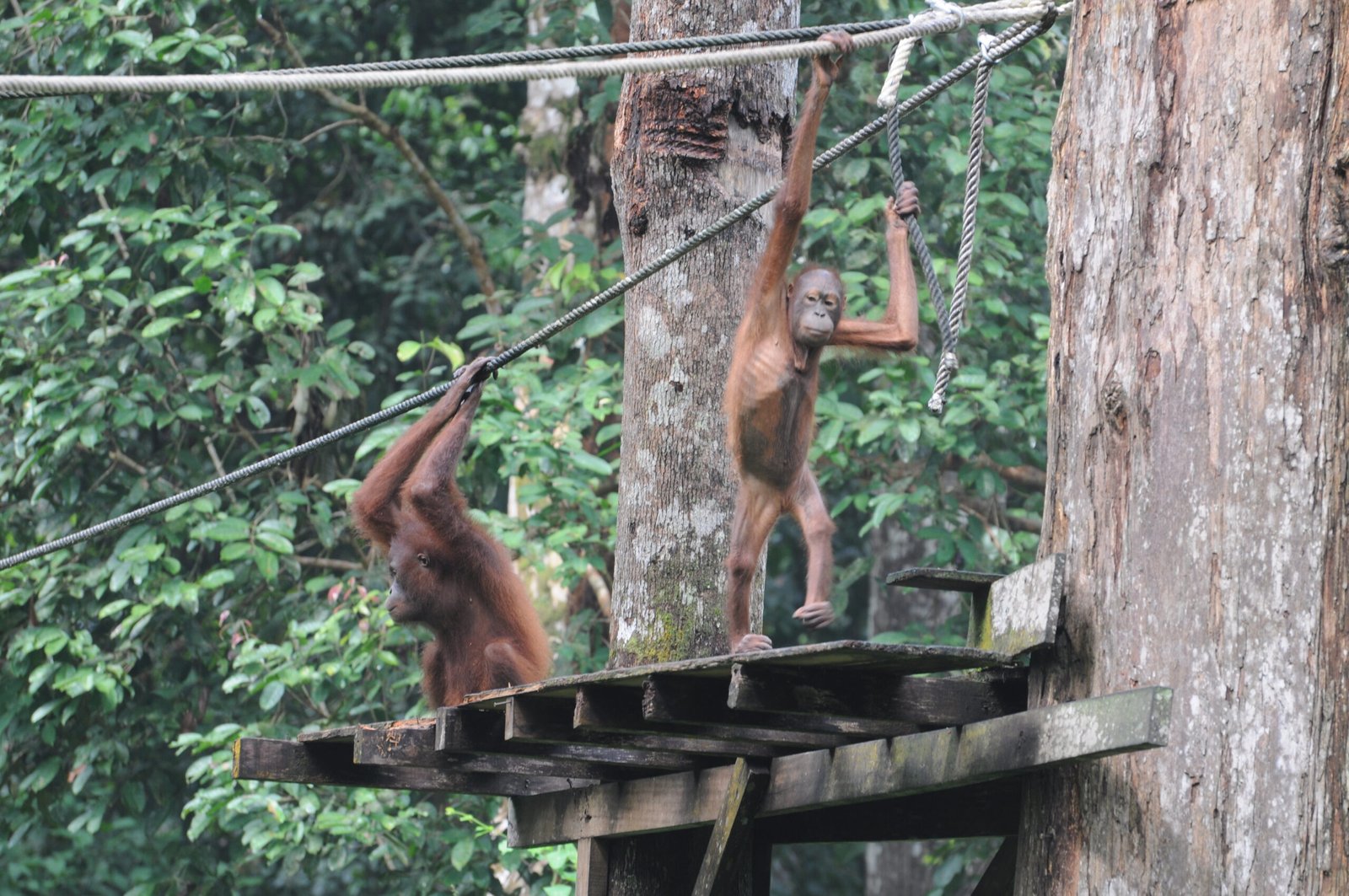
Beyond habitat loss, the illegal wildlife trade casts a dark shadow over orangutan survival. Infants are often targeted, ripped from their mothers and sold as exotic pets or status symbols. The trauma inflicted on these babies, and the mothers who fight to protect them, is unimaginable. Enforcement is difficult, with smugglers finding ever more creative ways to hide their cargo. Conservationists in Sabah have made progress, but demand for orangutans continues to drive a brutal underground economy that threatens to wipe out entire populations.
Conservation Heroes: The People on the Frontlines
Behind every rescued orangutan is a network of passionate individuals risking their safety to save these great apes. From local wildlife rangers to international scientists, their work is as inspiring as it is challenging. These heroes dart through dense forests, scale towering trees, and spend long nights monitoring nests to keep orangutans safe. Rehabilitation centers in Sabah, like the famed Sepilok Orangutan Rehabilitation Centre, offer a second chance to injured or orphaned apes. Their tireless efforts have given hope to a species teetering on the edge.
The Ethics of Intervention: To Rescue or Not to Rescue?
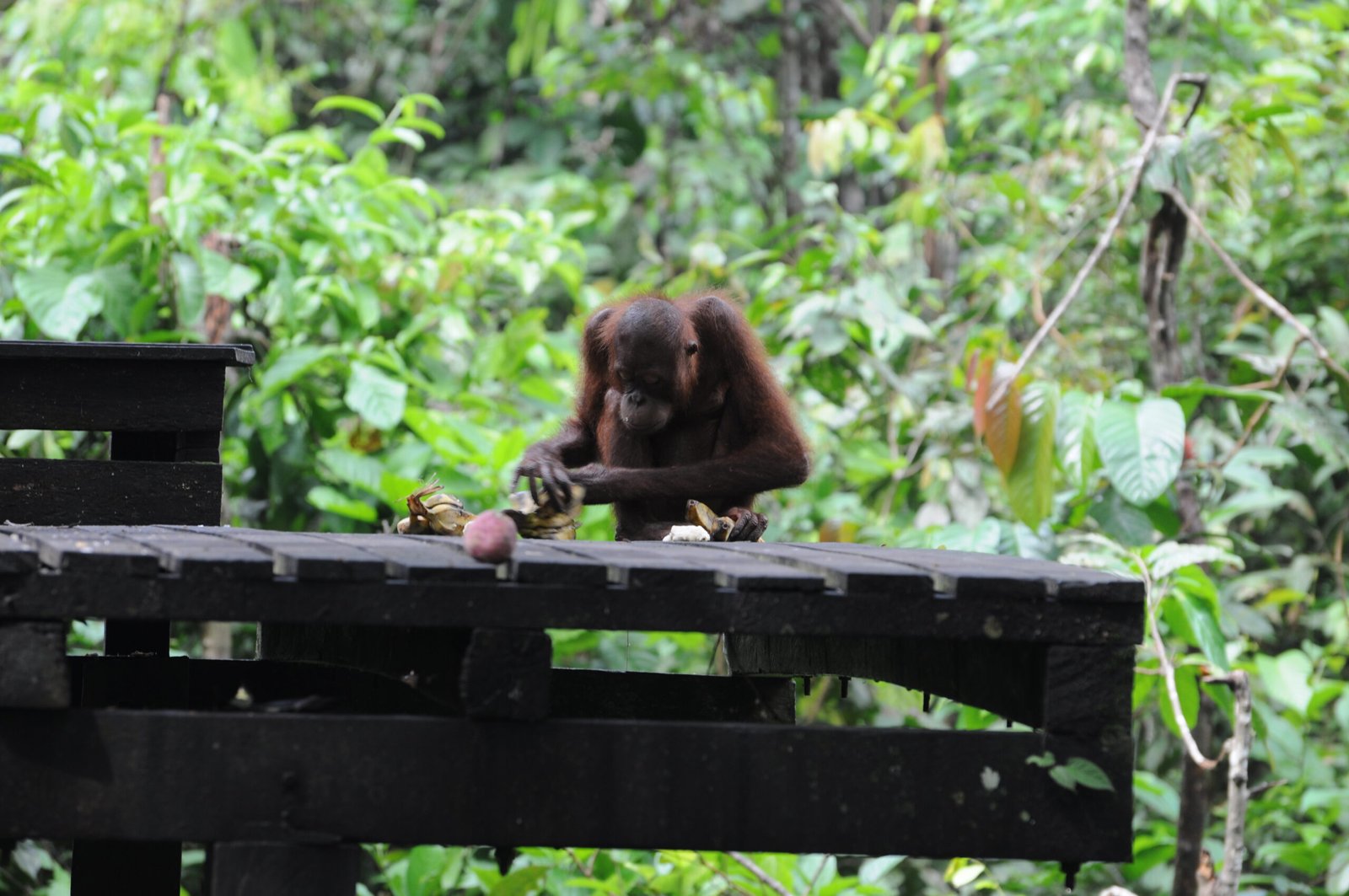
Saving orangutans isn’t as simple as it sounds. Every intervention—whether it’s rescuing a stranded ape or rehabilitating an orphan—carries ethical dilemmas. Should humans interfere with nature, or let the wild take its course? Some argue that every rescued orangutan is a victory for conservation, while others worry about the impact of human contact on their natural behaviors. Striking a balance between compassion and respect for wildness is one of the toughest challenges facing conservationists today.
The Role of Technology in Orangutan Conservation
Modern technology has become a lifeline for orangutan research and protection. Drones now soar above Sabah’s forests, mapping the landscape and tracking elusive apes from the sky. GPS collars, camera traps, and even artificial intelligence are helping scientists gather vital data without disturbing the animals. These tools allow researchers to monitor orangutan populations, detect threats, and plan effective conservation strategies. Technology, once seen as a threat to nature, is now one of its greatest allies.
Rehabilitating Orphaned Orangutans
Rehabilitation is a delicate dance between healing and independence. Orphaned orangutans arrive at centers in Sabah frightened and traumatized. Caregivers, acting as surrogate mothers, patiently teach them how to climb, forage, and build nests. Over time, these young apes regain their confidence and, eventually, their freedom. The process can take years, but the first glimpse of a released orangutan disappearing into the wild is a moment of pure joy for everyone involved.
Ecotourism: A Double-Edged Sword

Ecotourism in Sabah offers hope and hazards in equal measure. On one hand, it brings much-needed funding and awareness to orangutan conservation. Tourists flock to see these magnificent apes in their natural habitat, often leaving with a newfound passion for their protection. On the other hand, increased human presence can disrupt fragile ecosystems and expose orangutans to diseases. The challenge is to design ecotourism experiences that benefit both people and wildlife, without tipping the balance too far.
Orangutan Intelligence: A Mirror to Ourselves

It’s hard not to see ourselves reflected in the eyes of an orangutan. Their intelligence is startling—capable of understanding cause and effect, using tools, and even showing empathy. Scientists have taught orangutans in captivity to use sign language and solve complex puzzles, but their wild counterparts are just as impressive. Watching an orangutan patiently dismantle a fruit or invent a new way to reach a snack is a humbling reminder of the shared roots of intelligence across species.
Stories From the Forest: Individual Orangutans With Big Personalities
Every orangutan has a story. Take the legendary “Big Tom,” a dominant male known for his gentle leadership, or “Puan,” an elderly female whose wisdom guided her family for decades. Researchers in Sabah can often identify orangutans by their unique faces and personalities—some are shy, others bold and mischievous. These individual stories make the plight of orangutans deeply personal, turning statistics into living, breathing beings worth fighting for.
Orangutans and Indigenous Knowledge
The indigenous peoples of Sabah have lived alongside orangutans for centuries, developing a deep understanding of their habits and needs. Elders tell tales of encounters with great apes, sharing knowledge about the forest that scientists are only beginning to appreciate. This traditional wisdom is invaluable for conservation, offering insights into orangutan behavior, habitat use, and the subtle rhythms of the rainforest. Respecting and including indigenous voices is key to any long-term solution.
The Ripple Effect: Orangutans as Keystone Species
Orangutans are not just victims of environmental change—they are vital players in the health of their ecosystem. As they travel through the forest, they disperse seeds from the fruits they eat, helping regenerate the jungle. Without orangutans, the forest itself would change, affecting countless other species. Protecting these apes isn’t just about saving a single species; it’s about preserving an entire web of life that stretches from the tiniest insects to towering trees.
International Efforts and Global Responsibility
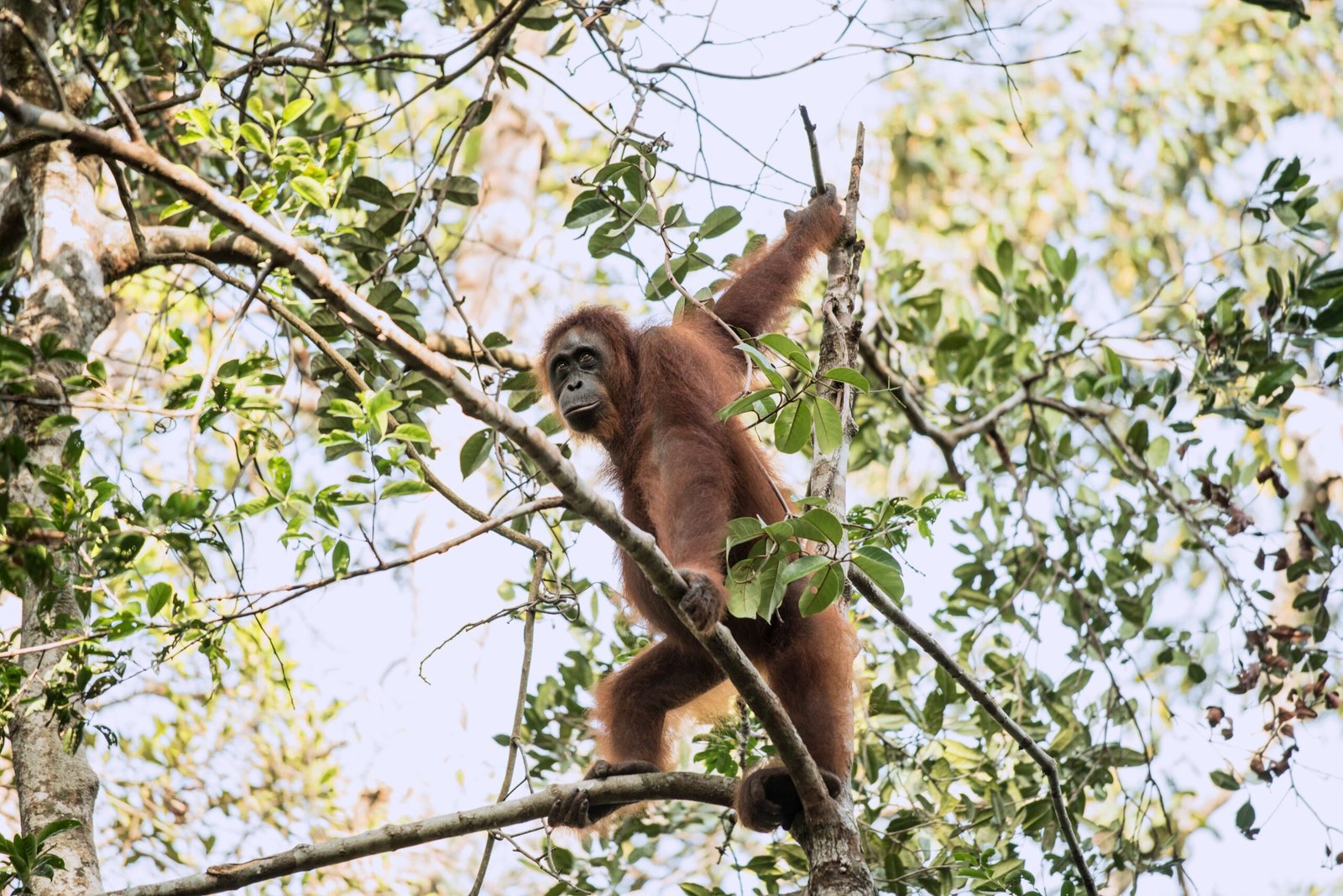
Saving the orangutans of Sabah isn’t just the job of local communities—it’s a global challenge. International organizations, governments, and everyday people all play a part. From supporting sustainable palm oil to funding research and education, collective action is essential. The choices we make, even far from Borneo, can tip the scales between extinction and survival for these great apes.
What the Future Holds: Hope Amid Uncertainty
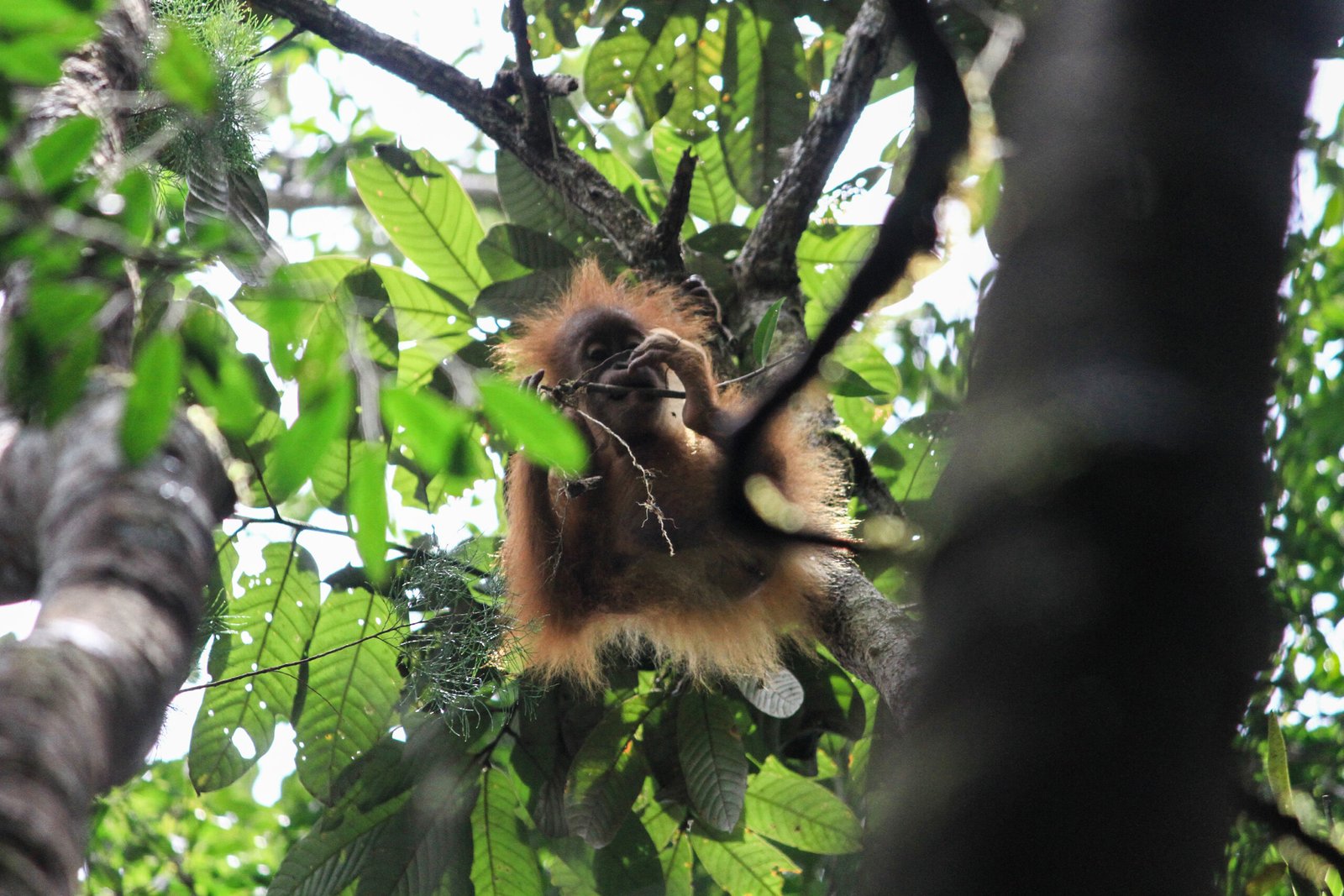
Looking ahead, the future of Sabah’s orangutans hangs in the balance. Scientific breakthroughs and passionate conservation efforts have brought hope, but challenges remain daunting. Climate change, disease, and human expansion continue to threaten their world. Yet, every nest built, every baby born in the wild, and every hectare of forest saved is a testament to resilience. The fight for orangutans is a fight for the heart of the rainforest—and for the values we hold as a global community.

